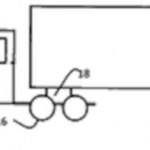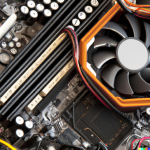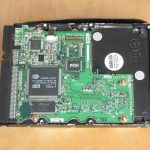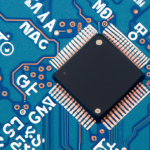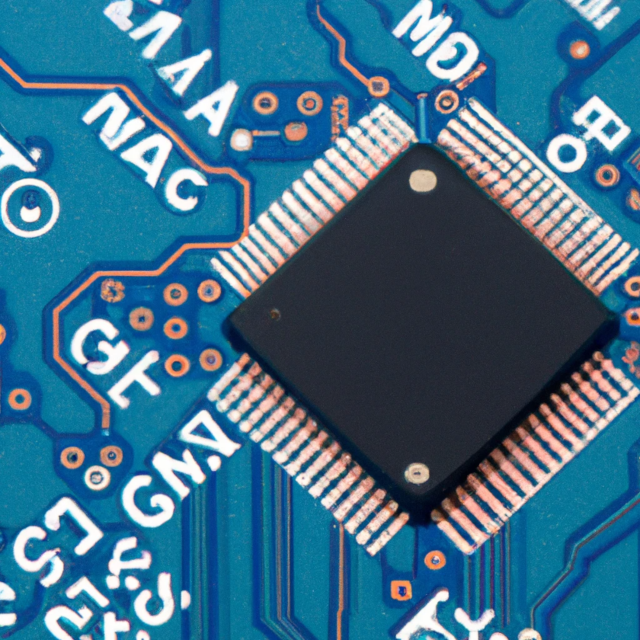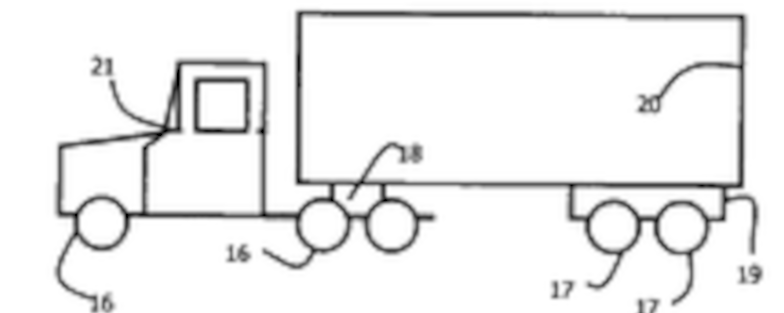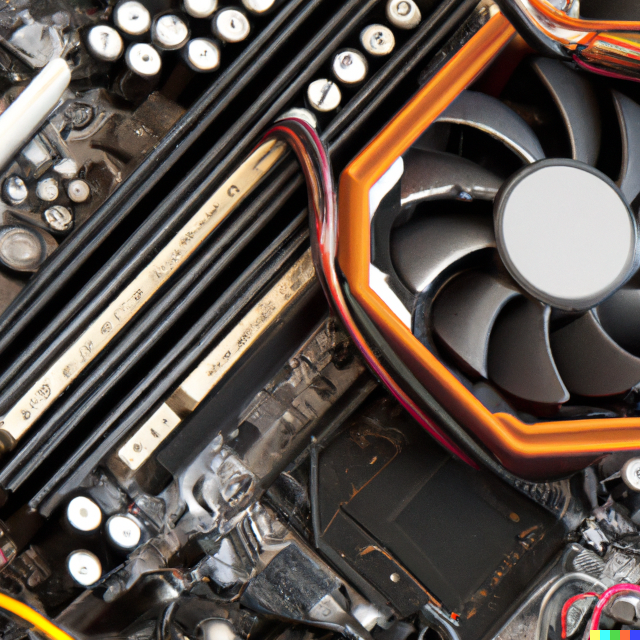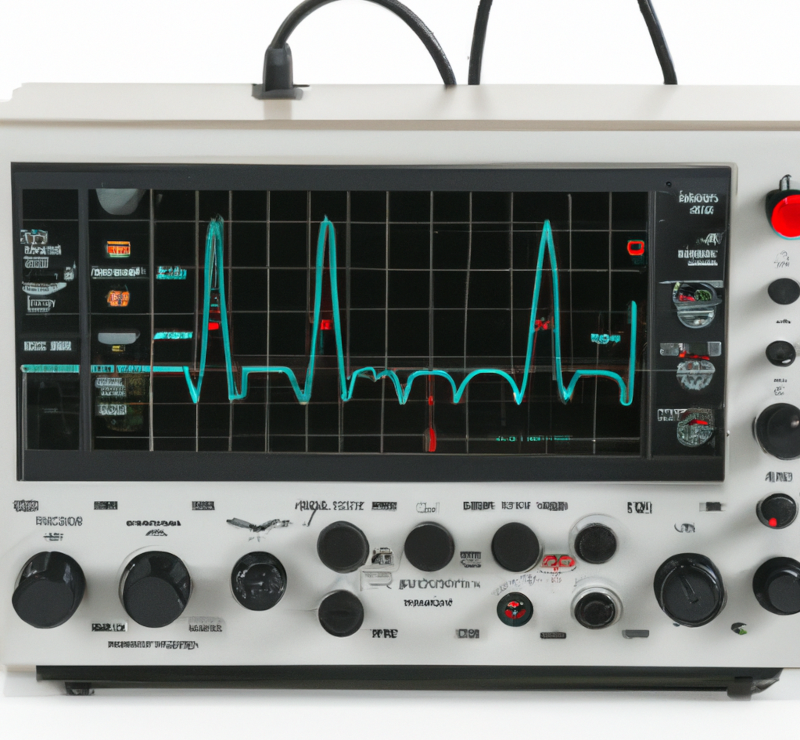Driver and firmware are both types of software that control the functionality of hardware devices, but they serve different purposes.
A driver is a piece of software that acts as a bridge between an operating system and a specific hardware device. It enables the operating system to communicate with the hardware device, and provides the necessary instructions to allow the device to perform its functions. Drivers are typically specific to a particular operating system and hardware device, and they may need to be updated periodically to ensure compatibility with new software and hardware releases.
Firmware, on the other hand, is a type of low-level software that is embedded directly in a hardware device. It provides the basic instructions that are required to start up the device and configure its basic settings. Unlike drivers, firmware is not usually specific to a particular operating system and is instead designed to work with a range of different platforms. Firmware is usually not updated as frequently as drivers, but updates may be necessary to fix bugs, add new features, or improve performance.
In summary, drivers are software that run on top of an operating system to control the functionality of a specific hardware device, while firmware is low-level software that is embedded in the hardware device itself and provides the basic instructions for it to start and operate.
